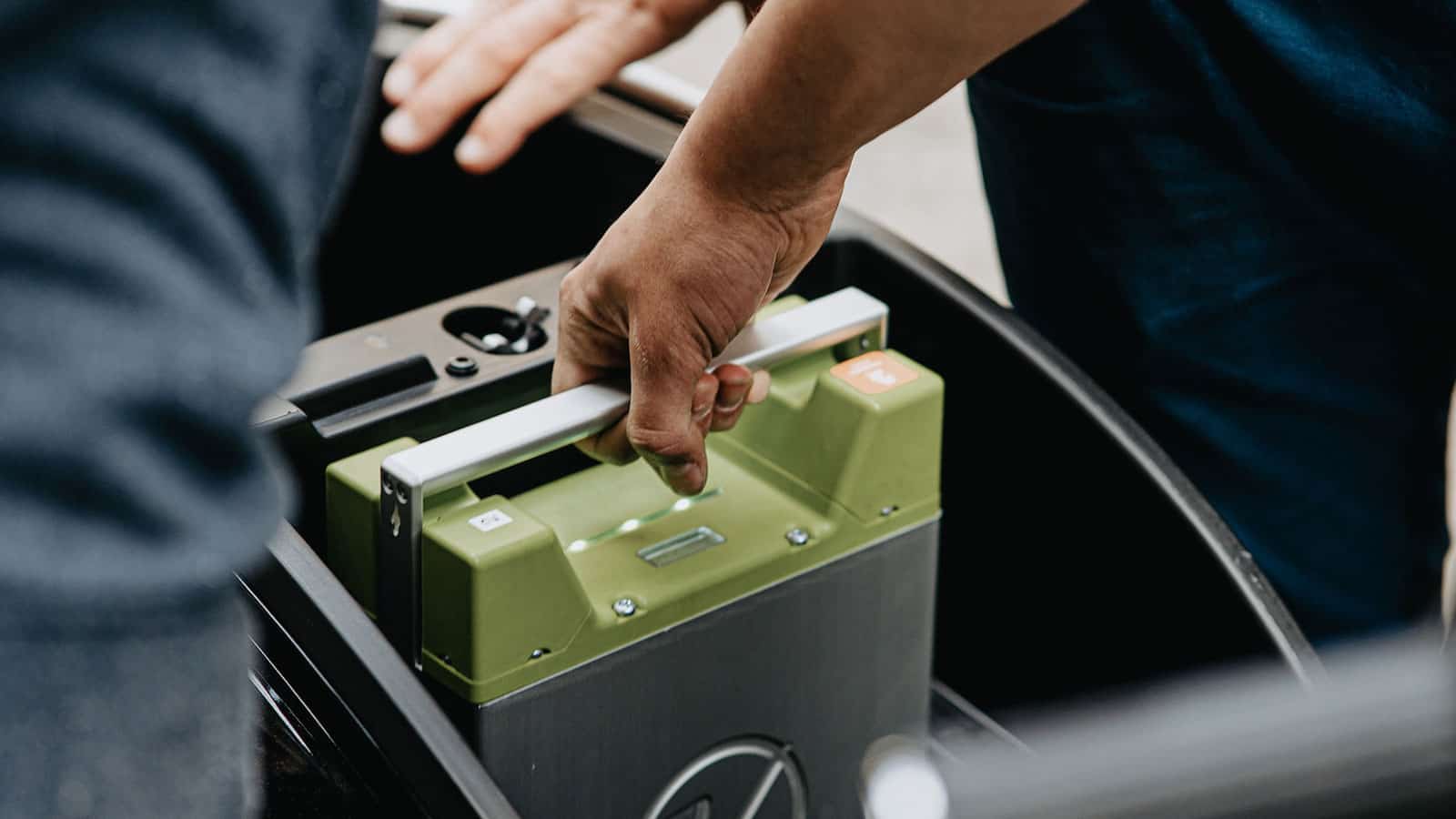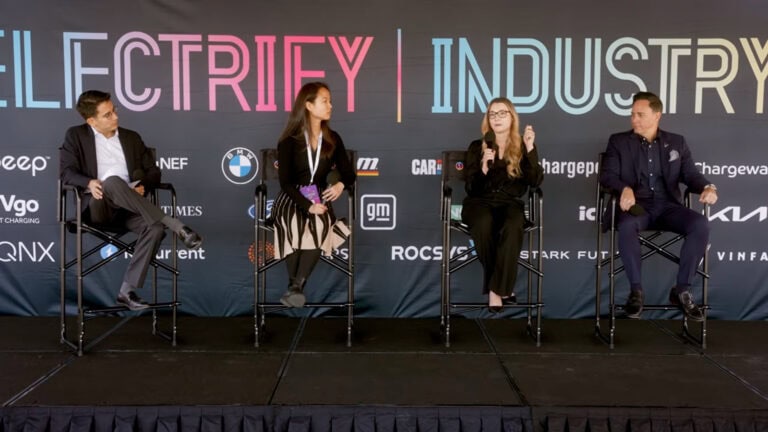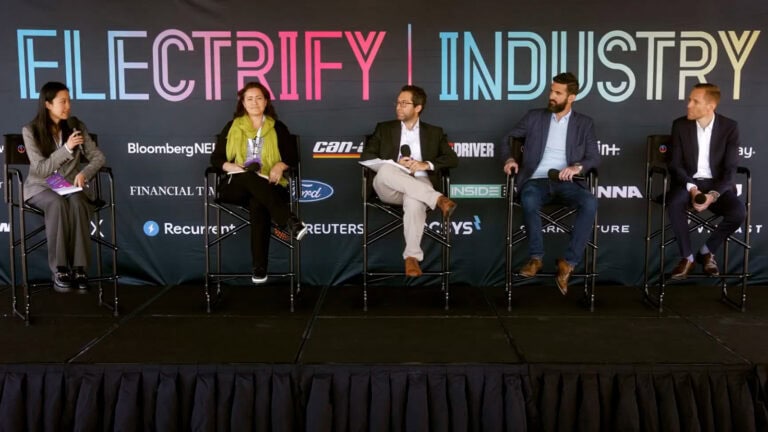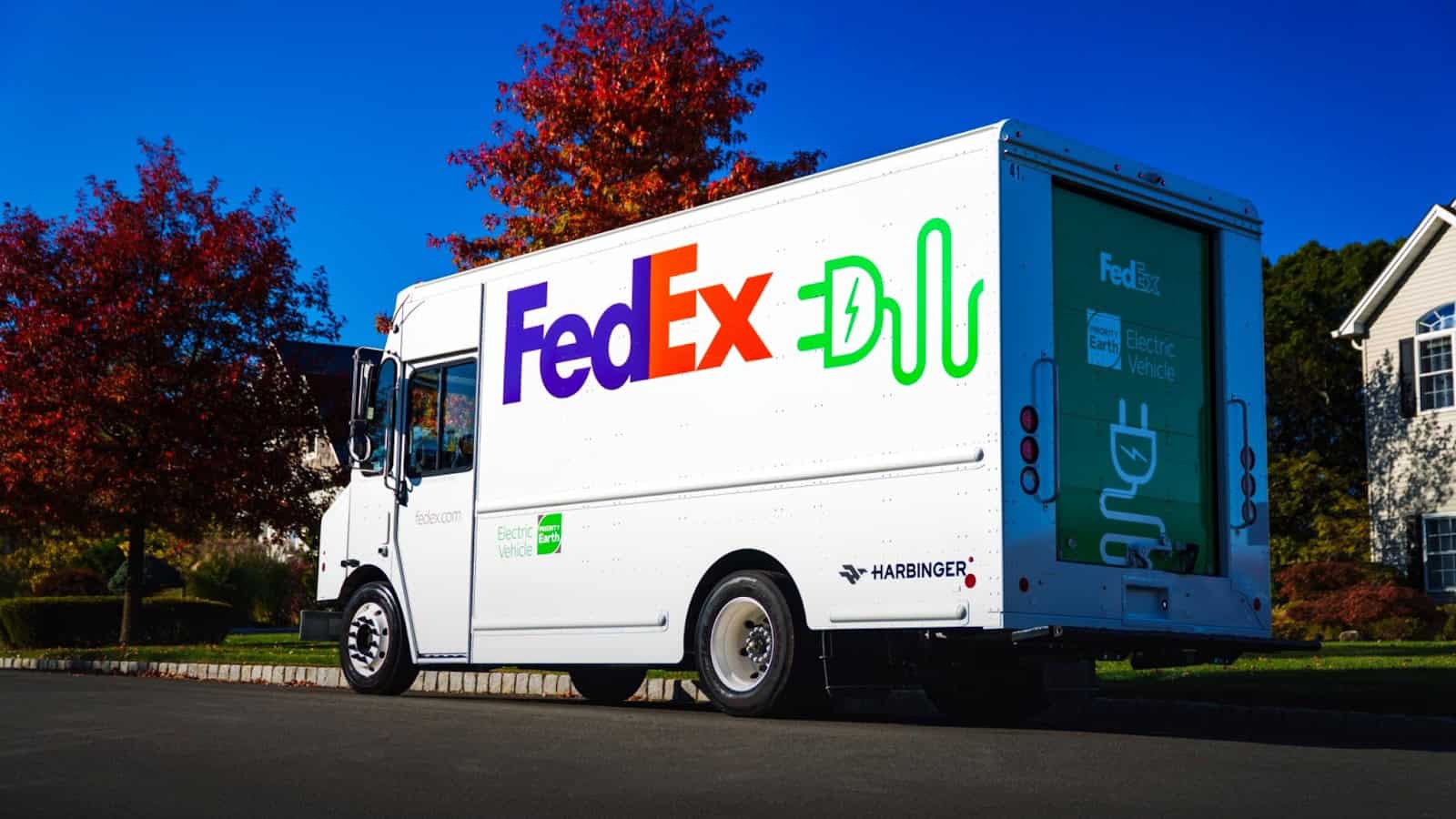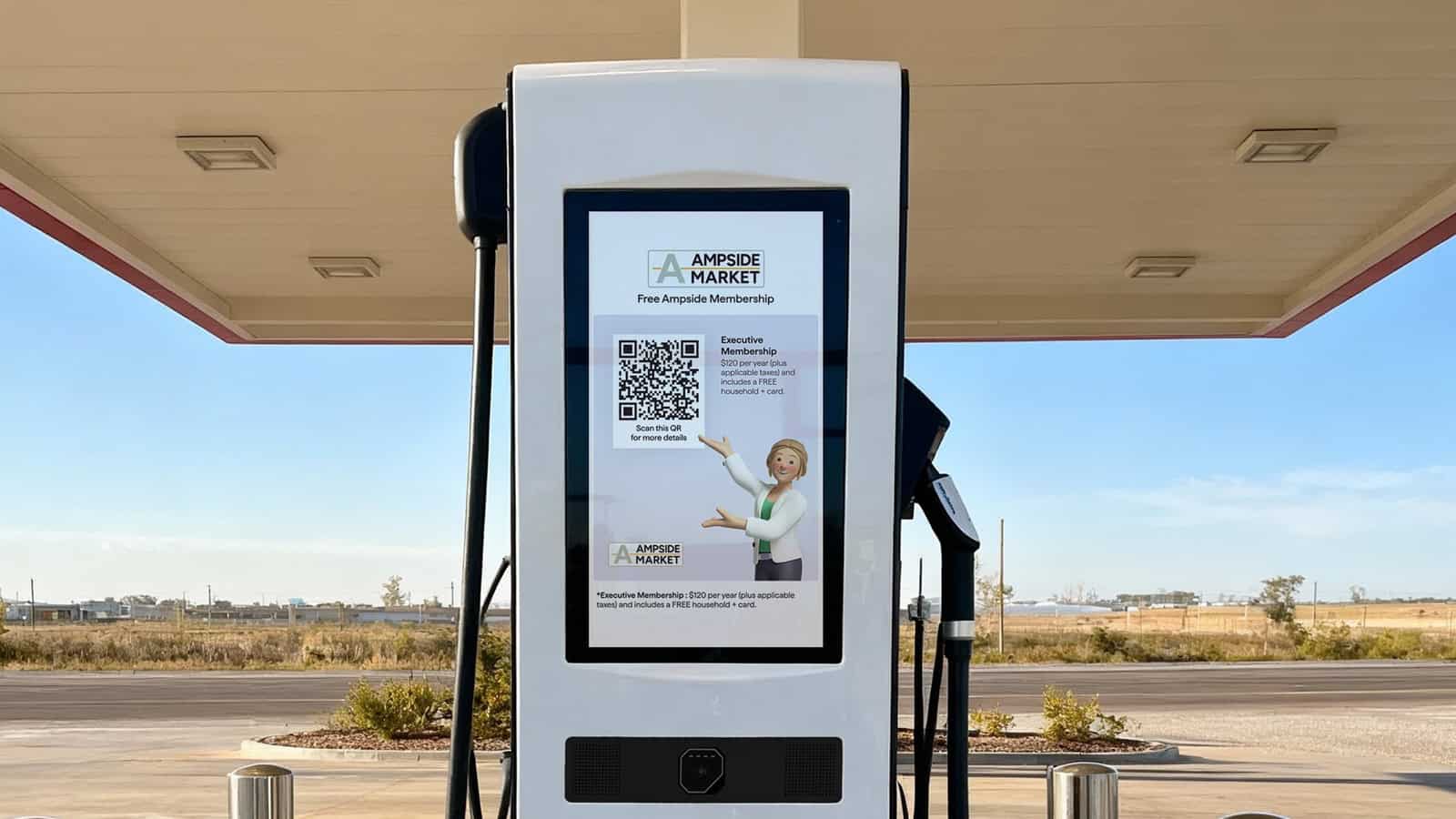- Our increasing need for storing renewable energy means that lithium demand is also increasing.
- The global lithium mining market is expected to grow to over $500 million by 2028 and continue increasing.
- Currently, the major stores of lithium come from Australia, the U.S., Canada, and Chile.
Lithium demand is making headlines again. Lithium-ion battery packs for electric vehicles are crucial for energy storage in the current EV ecosystem, and they are driving the growth of the lithium mining market. And according to a report by Fortune Business Insights, the global lithium mining market is projected to grow to $516.22 million by 2028 – and then experience a compound annual growth rate of 6%.
Lithium Demand Is Growing
The demand for lithium-ion batteries is expected to increase so much because of the growing need for power. Industrialization and urbanization are major factors that continue to push the growing need for power in a variety of sectors.
Thankfully, technological advancements in mining and metallurgy have helped companies try to find more sustainable mining practices. These tactics include direct extraction technologies, which should make mining more energy- and resource-efficient.

Lithium Mining Can Create Problems
As it’s done now, the process of lithium mining is intensive and has multiple polluting outcomes. Lithium mining involves mining from rocks and brines. To process the mined metal, companies must evaporate the brine and wash the metal with sodium carbonate in PVC-lined shallow ponds. This then creates some significant water pollution by affecting the groundwater quality and exacerbates the issue of water scarcity.
This kind of mining also creates air pollution, with small lithium particles suspended in the air as dust. Prolonged exposure to lithium dust can cause some major respiratory tract disorders.
And lastly, we don’t have a lot of recycling setups for lithium-ion batteries, making recycling them a costly process.
Where Is Lithium Mined From?
Currently, Australia dominates the lithium mining market because of the country’s high reserves and massive mining projects. Here in North America, the United States and Canada are the major producers, with the former focusing on brine production and the latter on hard rock production.
Chile is the second-largest lithium mining market share due to the increasing brine mining activities in the region. Elsewhere in South America, Argentina, Bolivia, and Brazil have vast reserves that could be utilized with greater investments in mining activities.
Portugal is currently the only major lithium-producing country in Europe, with huge deposits of hard rocks and upcoming mining projects.
We’re Going to Need Even More Lithium, At Least For Now
This demand for lithium comes from our need for a consistent power supply, what with our dependence on process automation and 24/7 network usage. Even with new EV battery research breakthroughs, scientists are still relying on lithium as the main ingredient. And as long as we continue to push for renewable energy, we’ll need ways to store that energy. Here’s hoping that mining companies find better ways to mine it, or we find a new element that will work even better for EV energy storage than lithium.

SOURCE: FORTUNE BUSINESS INSIGHTS, NCBI
FTC: We use income-earning auto affiliate links. Learn more.


